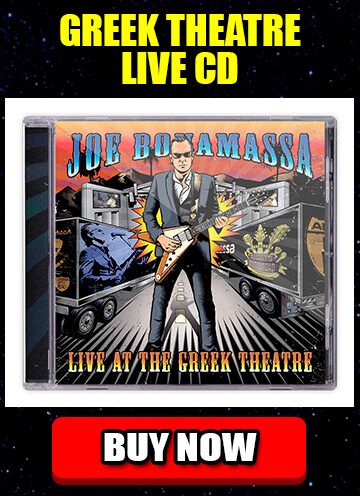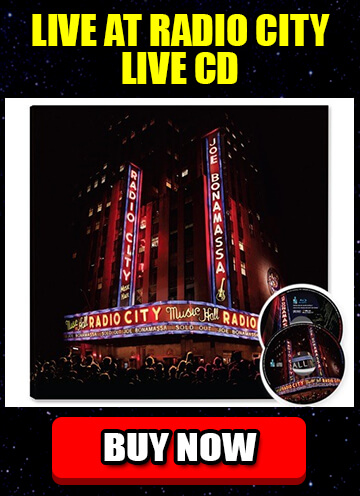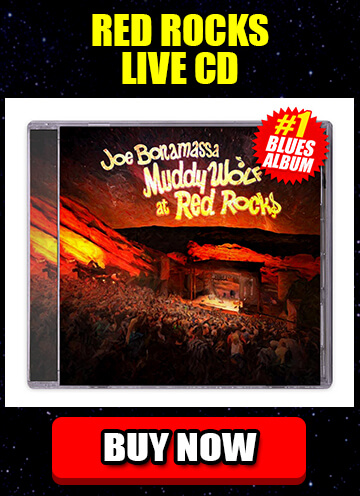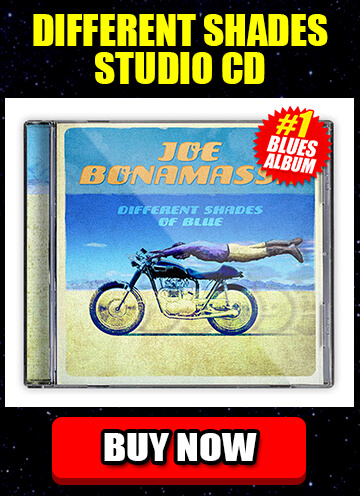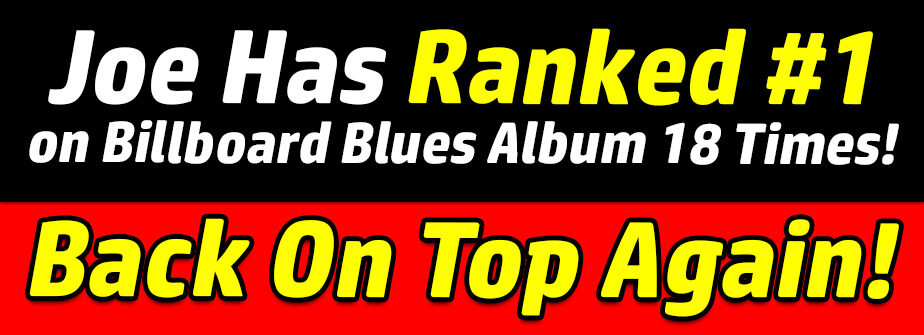




Joe Bonamassa without his electric guitar may seem like Samson shorn of his locks or Thor minus his mighty hammer, but this unplugged affair from New York’s Carnegie Hall offers ample proof that the blues-rock icon’s songwriting, not his fretboard wizardry, is the foundation on which he’s really built his success.
Whether through a Marshall stack turned up to an obscene volume or in an understated acoustic setting, we all know Bonamassa’s fretwork can singe eyebrows at a thousand yards. But as his career has progressed, and thanks to the sage guidance of producer Kevin Shirley, he’s realised that indulgent soloing will always limit the size and scope of an artist’s audience unless it belongs to a great song.
Duly, Bonamassa has spent the last decade amassing a catalogue of varied and consistent self-penned material and his career has enjoyed a swift upward curve alongside this creative maturation.
Recorded over two nights, this impressive double album isn’t only a showcase for the guitarist’s songwriting, but also highlights how he’s grown more confident and adventurous as an acoustic performer since 2013’s ‘Live At The Vienna Opera House.’
Offering a much bigger production and a broader stylistic reach than its predecessor, Bonamassa’s work is bolstered here by a nine-piece band of eclectic, and highly respected, musicians. Drummer Anton Fig kicks Dust Bowl into a stomping slice of contagious folk-rock, while Black Lung Heartache is reborn as a soundtrack to a medieval epic. Multi-instrumentalist Eric Bazilian’s saxophone solo, along with Reese Wynans' exceptional piano, also puts a hot and humid spin on the jazzy Livin’ Easy.
Elsewhere, Bazilian’s banjo picking doubles Bonamassa’s acoustic motifs on Get Back My Tomorrow (which features a new bridge section) and a trio of backing vocalists bring colour to every classy hook and harmony, shining brightly on the mellifluous southern gospel of The Valley Runs Low and a magnificent cover of Blind Alfred Reed’s Great Depression protest song, How Can A Poor Man Stand Such Times And Live.
It seems unfair to single out one performer, but the cellist Tina Guo is absolutely superb here. Whether adding commanding solos to Blue and Evil, dueling with Bonamassa on a ferocious Woke Up Dreaming or delicately embellishing Drive with beautiful erhu work (it’s a two-string bowed instrument that sounds like a soothing breeze given musical form), her sensational playing is matched by fearsome expressions that would put most heavy metal gurners to shame.
When such virtuoso performers spice the soup and the decibel level is dialed down in a way that allows the musical, lyrical and emotional nuances of each track to breathe, we can hear just how well crafted and deceptively soulful these compositions are.
Those with lingering doubts over Bonamassa’s songwriting ability should consider that some of his strongest originals, among them Happier Times, Quarryman’s Lament, Dislocated Boy, The Ballad of John Henry, Asking Around For You and Different Shades Of Blue, don’t make the cut here. His ability to omit songs of that caliber, without compromising the quality of a setlist, is testament to a musician who’s much more than a guy in a suit and shades who promises the guitar event of any given year.
Steroboard.com
Written By Simon Ramsay


